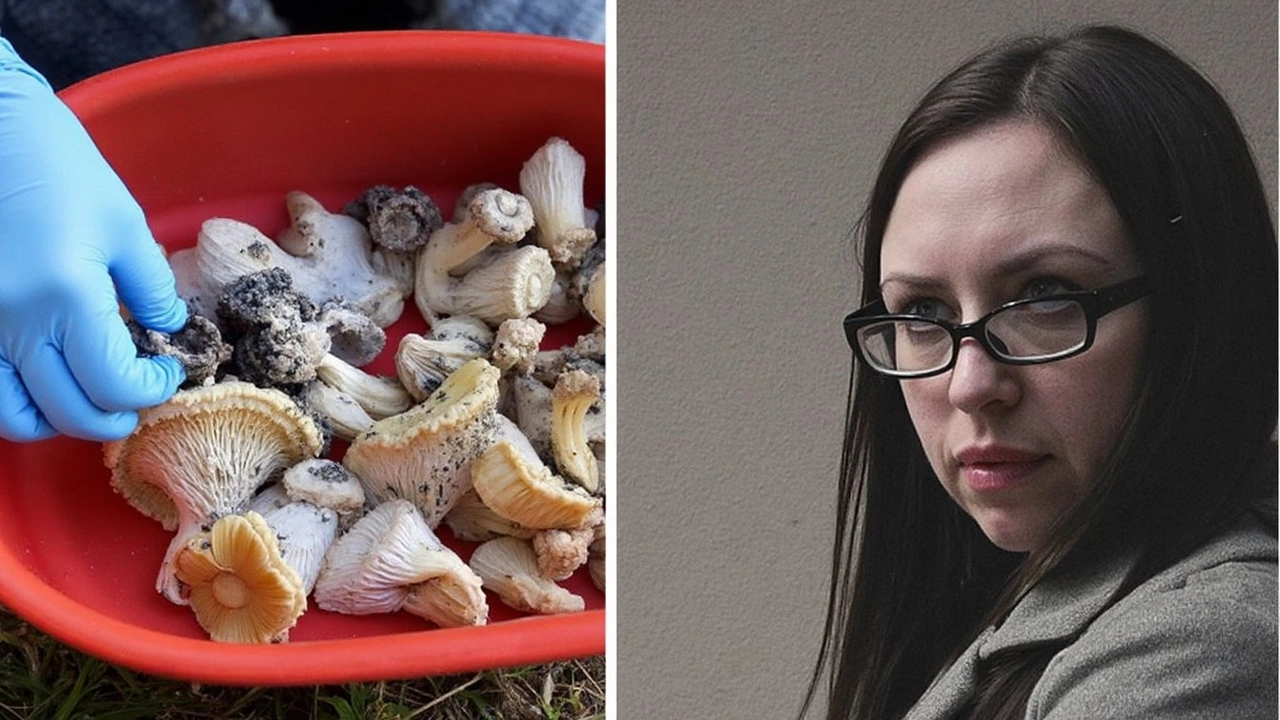Death Cap Mushrooms: How to Spot Them and Stay Safe
If you love walking in the woods or picking wild food, you’ve probably heard about death cap mushrooms. These fungi are among the world’s deadliest, and a single bite can be fatal. Knowing what they look like, where they grow, and what to do if you suspect poisoning can literally save lives.
What a Death Cap Looks Like
The death cap, or Amanita phalloides, usually has a smooth, olive‑green to yellow‑brown cap that’s 5‑15 cm across. It can appear glossy when wet and often has a white, veiny fringe on the edge. The gills underneath stay white, never turning pink or brown. Look for a thick white skirt‑like ring on the stem and a bulbous base with a white, sack‑like volva hidden under the soil.
Young mushrooms may look lighter, sometimes even white, which makes them easy to confuse with edible species like the straw mushroom. That’s why it’s crucial to check several features – cap colour, gill colour, stem ring, and volva – before you consider eating any wild find.
Where They Hide
Death caps love temperate forests, especially oak, chestnut, and pine trees. They form a symbiotic relationship with the roots, so you’ll often find them near mature trees in late summer and autumn. In the UK they’re common in the south and east, but they’ve spread across Europe, North America, and even parts of Asia.
If you’re foraging near woodlands, keep an eye out for clusters of mushrooms around the base of trees. Even a single isolated cap can be dangerous – death caps don’t need to be in groups to cause trouble.
When you’re out in the field, always bring a good field guide or use a reliable app that shows clear photos of the cap, gills, ring, and volva. Taking a quick photo of the whole mushroom, then digging it up gently to see the base, can be the difference between a safe find and a deadly mistake.
In case you suspect you’ve eaten a death cap, act fast. Symptoms may not appear for 6–24 hours, but they start with nausea, vomiting, and abdominal pain, then turn into liver failure. Call emergency services immediately and tell them you think it’s a mushroom poisoning. If possible, bring the remaining mushrooms or a picture to the hospital – this helps doctors decide on the right treatment.
There’s no home remedy that can neutralise the toxins. Only professional medical care, often involving activated charcoal and liver support, can give a chance of recovery. The key is not to wait for symptoms to develop; early intervention is vital.
For those who love foraging, the safest rule is simple: if you’re not 100% sure it’s edible, leave it. Even seasoned mushroom hunters can make mistakes, and the death cap doesn’t give second chances.
Finally, spread the word. Talk to friends, family, and fellow hikers about the dangers of death caps. A quick reminder can keep a whole community safe and turn a potentially tragic story into a lesson learned.

Erin Patterson has been found guilty of killing three family members and attempting to murder a fourth by serving death cap mushrooms. The case, built on strong circumstantial evidence, drew attention for its rare method and the families' silence in court. Patterson now faces life in prison, pending sentencing.
Continue Reading





